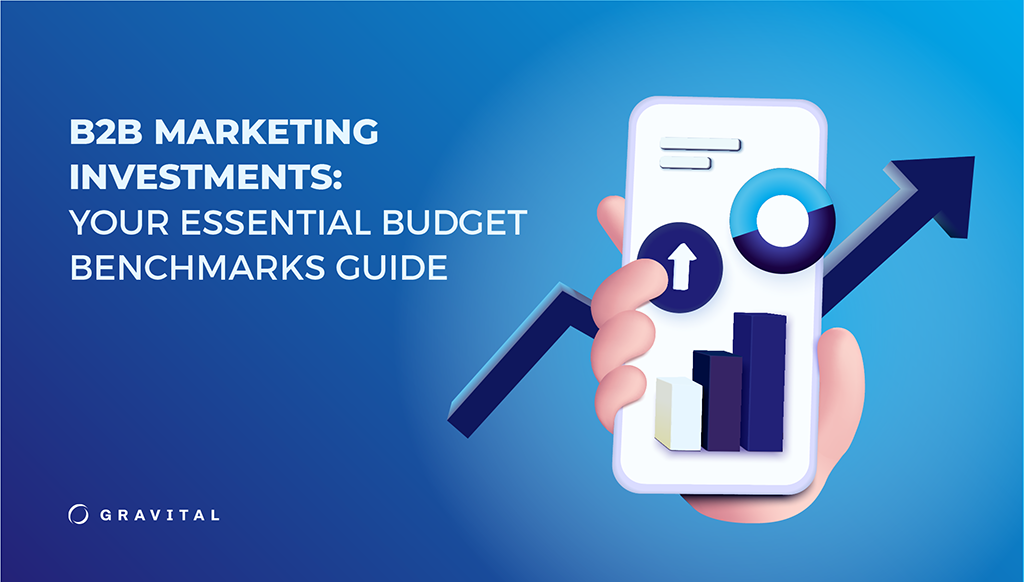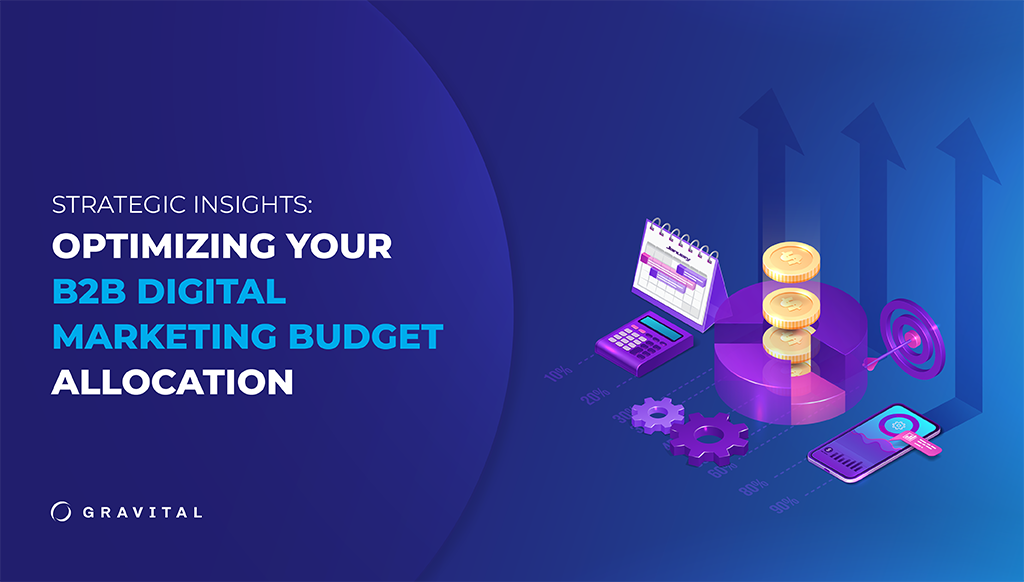At a time when data has become the backbone of decision-making, understanding the effectiveness of marketing strategies through tangible metrics is vital for any business. One such important metric is return on marketing investment (ROMI), which assesses the efficacy of marketing campaigns and sheds light on how much revenue these activities generate.
Defining ROMI
ROMI is a metric that measures the return on your marketing investments in relation to your marketing objectives. In simpler terms, ROMI shows you how much revenue you gain for every dollar spent on marketing. It’s calculated as the net revenue from a marketing campaign divided by the cost of that campaign, often expressed as a percentage.
Why is ROMI Important?
ROMI is more than just a number; it’s an indication of the effectiveness of marketing efforts. By gauging the performance of marketing campaigns, ROMI shows what’s working and what’s not. In this way, companies can recalibrate their strategies, allocate their resources more efficiently and maximize their profits.
ROMI helps justify investing in marketing, especially when it comes to gaining buy-in from stakeholders. It demonstrates the financial value of marketing activities, providing a solid argument for maintaining or increasing the marketing budget.
Measuring ROMI


Suppose a company spends $20,000 on a marketing campaign. As a result, it sees an increase in sales revenue by $80,000. To calculate ROMI, we divide the net revenue ($80,000 – $20,000 = $60,000) by the cost of the campaign ($20,000), resulting in a ROMI of 3. This means that for every dollar spent, the company gained three dollars or times its investment.
Leveraging ROMI to Improve Marketing Strategy
Understanding ROMI not only provides insight into the past performance of marketing campaigns, but it can help marketers and companies guide future strategies. For instance, a low ROMI may indicate that a campaign is not resonating with the audience and that it needs to be adjusted. On the other hand, if the campaign shows a high ROMI, the company should consider allocating more resources to it.
Let’s say you launch two separate marketing campaigns: one focused on email marketing and another using social media platforms. After calculating the ROMI, you find that the email campaign has a higher ROMI than the social media campaign. Based on this data, you may decide to allocate more resources to email marketing in the future.
Bottom Line
Return on marketing investment serves as a key performance indicator of the effectiveness and success of your marketing campaigns. It’s a compass that can help brands and companies navigate the vast ocean of marketing strategies, guiding them towards the most profitable routes.
What is your ROMI? If you don’t know it or like to improve it, talk to us. At Gravital we specialize in data-driven marketing strategies that optimize return on investment and drive business growth.


